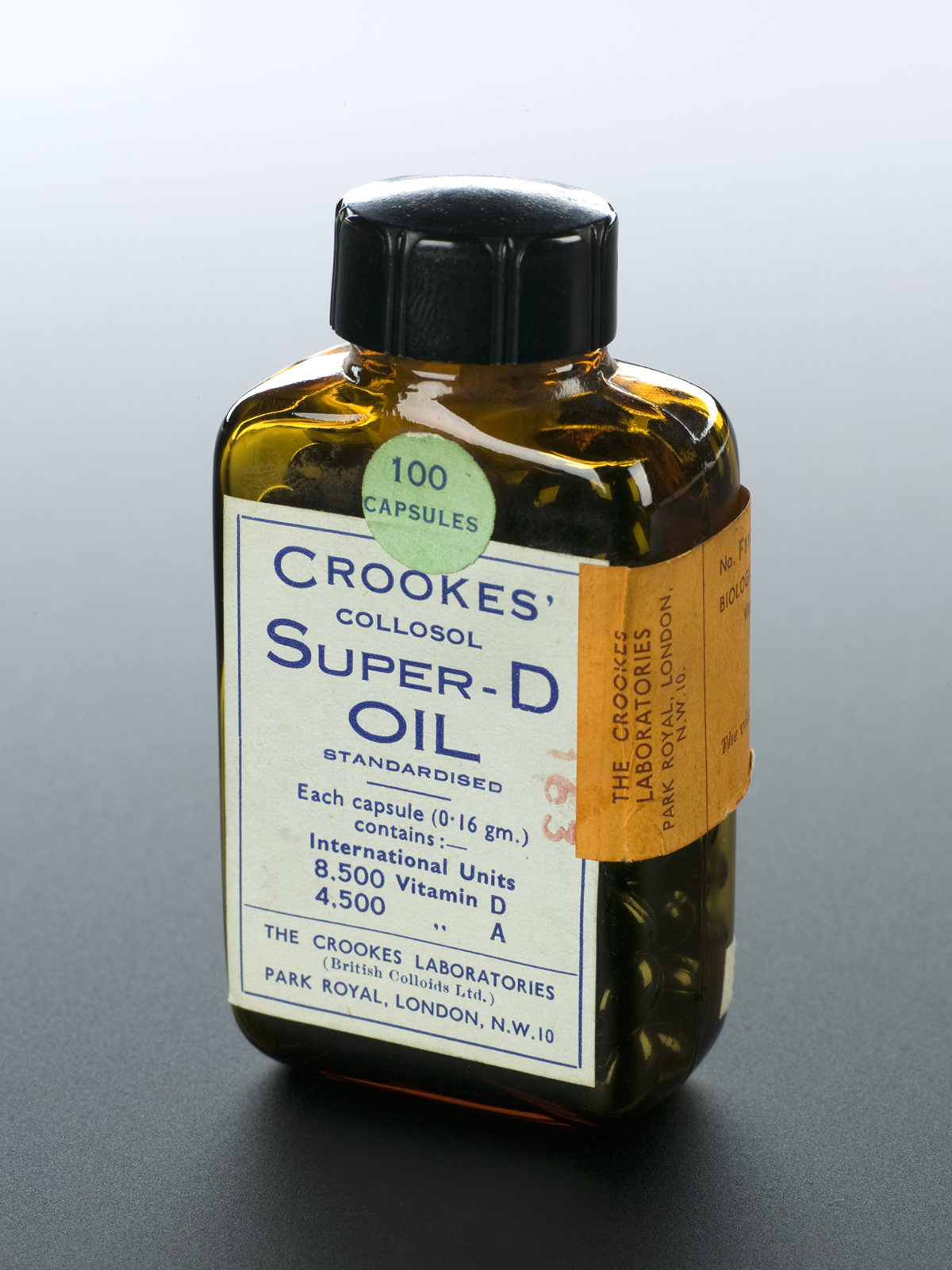
Cholecalciferol is a form of vitamin D, one of four liposoluble vitamins that humans need to take on a regular basis. The structure of the vitamin resemble steroids and it is of major importance for individuals in whom the levels of calcium and phosphorus need to be brought within optimal range and bones regain suitable level of mineralization. Thanks to years of research scientists have managed to identify specific receptors for vitamin D and revealed that the vitamin has many more biologic effects than those associated with maintaining bone tissue and participating in mineral metabolism.
Form of Vitamin D
As it has already been mentioned vitamin D is an integral part of mineral metabolism and plays significant role in bone growth. If there are sufficient amounts of vitamin D the body may easily absorb calcium from the intestine. The vitamin additionally allows the body to obtain phosphate and magnesium ions introduced through food. Lack of vitamin D is closely connected with inadequate absorption of calcium which triggers other body mechanisms and the lack is substituted for with calcium drawn from the bones. Many years of research revealed that absorption of calcium is achieved by calcium transporters, specific intracellular proteins that easily carry calcium across intestinal epithelial cells and make it enter the blood.
Now, when it comes to cholecalciferol, it is synthesized in the skin. The entire process is stimulated by ultraviolet B light. So, in case there is lack of sunlight, the vitamin simply cannot be produced. The equilibrium of the synthesis is achieved within several minutes. Apart from the availability of sunlight the synthesis of cholecalciferol additionally depends on the age of the skin as well as its color.
After being synthesized cholecalciferol is transferred to the liver where the organ's cells (hepatocytes) participate in hydroxylation and transformation of cholecalciferol into calcifediol. The level of this metabolite actually provide with information whether the production of D3 in the skin is sufficient enough and if vitamin D2 and D3 are absorbed sufficiently from the intestine.
Finally, calcifediol undergoes another hydroxylation, but this time the process takes place in the kidneys. This results in the final metabolite called calcitriol, the most active circulating hormone and form of the vitamin D.
What is Cholecalciferol Good for?
Vitamin D has so many functions in the body. For instance, it acts as a transcriptional regulator of bone matrix proteins, precipitates the expression of osteocalcin (a noncollagenous protein found in bone and dentin) and also inhibits synthesis of collagen (type I of the protein).
Furthermore, the vitamin motivates differentiation of specialized bone cells called osteoclasts. Osteoclasts are a type bone cells that actively remove bone tissue (i.e. its mineralized matrix) and break up the organic bone.
It seems that the vitamin can be easily found in practically all cells in our body. Some findings point to the role of vitamin D in the growth and differentiation of various cells apart from being primary engaged in maintaining optimal bone density. As a matter of fact, this is an active field of human research which will, perhaps soon, reveal many additional functions of the vitamin we have not been aware of.
It is estimated that practically all individuals including both men and women as well as pregnant or lactating women should provide their bodies with 15 micrograms (600 IU) of vitamin D per day. Today scientists re-evaluate their attitude regarding daily dose of vitamin D. Namely, they are doubtful about people who are deprived of regular sun exposure and individuals with higher-melanin content in the skin both of which may not synthesize adequate amounts of vitamin D. Now, even if higher doses are required, one should never exceed 4,000 IU per day because liposdolubility of the vitamin makes it hard to be excreted from the body. Instead, vitamin D accumulates and may trigger many side effects or even precipitate poisoning. Vitamin D toxicity is a contributor of hypercalcemia and excess bone loss. Initially, patients suffering from hypercalcemia experience nausea and vomiting. After a while they develop polyuria, polydipsia, become weak, somnolent and suffer from headaches, vertigo and tinnitus. Ataxia, dry mouth and metallic taste occur as well. In such situation it is of utmost importance to discontinue further intake of vitamin D and lower the level of calcium in the blood.
Intake of increased amounts of vitamin D is indicated in people suffering from rickets and osteomalacia. While rickets affects children and is associated with bone deformities osteomalacia affects adults. One may lack vitamin D because of his/her genetic predisposition or specific genetic defects. What is more, severe liver and kidney disease also affect production of the biologically-active form of vitamin D. Vitamin D supplements are additionally indicated in individuals who are not exposed to the sun as much as they are supposed to.
And finally, one more interesting fact regarding vitamin D deficiency is related to sunscreens. Today many of us are aware of detrimental effects of sunlight and we simply accept sunscreens as a part of our every day routine. Now, sunscreens with SPF rating greater than 8 can block synthesis of vitamin D and if the vitamin is not substituted, one may eventually develop its deficiency.


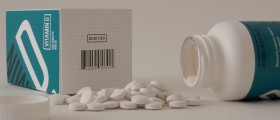
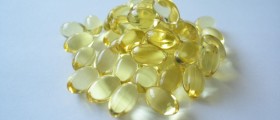





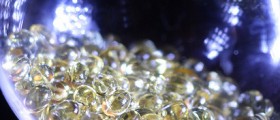





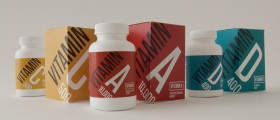

Your thoughts on this
Loading...